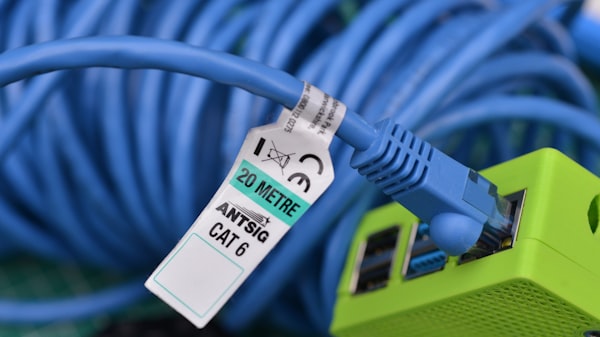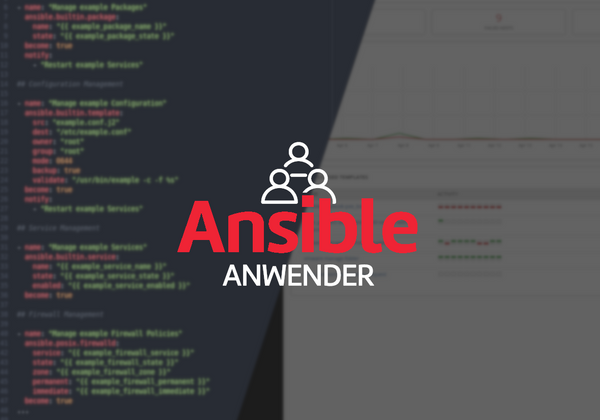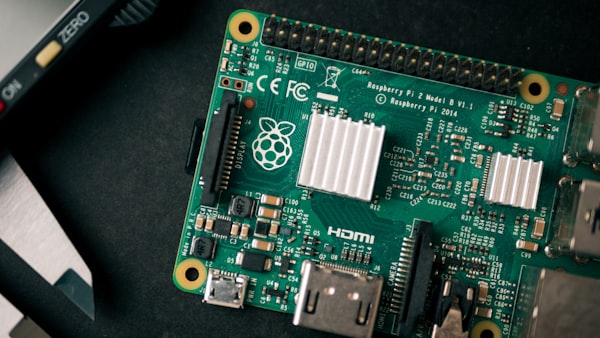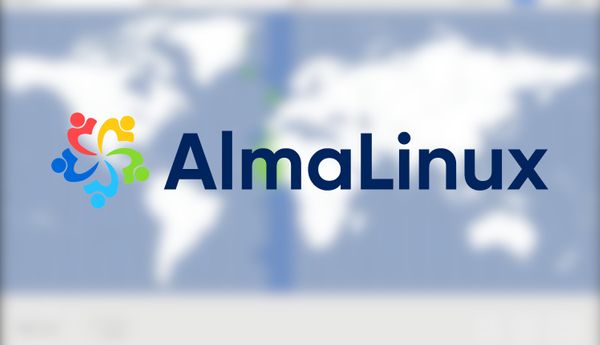
Docker
Docker - Getting Started
Working with containers can be done in several ways. The most popular choice for container workflows and development is Docker.
Just a guy doing stuff. Mostly #FLOSS like #Linux, #Ansible, #Podman, #k8s, #Python, #Nextcloud or whatever comes next. You can also find me on Mastodon (https://fosstodon.org/@dschier).


Docker
Working with containers can be done in several ways. The most popular choice for container workflows and development is Docker.

Vagrant
Vagrant is a powerful tool, that can help to create and manage VMs on different operating systems. Very often you will need to add more software to these VMs or test your new web project. This can be achieved with provisioners. In this article, I will tackle file and shell provisioners.

while-true-do.io
If you are developing web applications, you may be used to web frontend/styling frameworks like Bootstrap or Foundation. What started as a "not made by me" project slowly became a tool I am using for prototyping and styling web applications.

Podman
In the previous articles, we had a look at the basics of Podman networking. In this article, I want to focus on some special behavior and concepts. Let's check out networking in pods and rootless mode.

Ansible
Today, the second "Ansible Anwendertreffen" was held online. The conference is a gathering of professionals working with Ansible, in German language.

Fedora
Fedora provides a wide variety of Linux based distributions. In the "Fedora - Overview" article, I provided a brief introduction of the different tases. This article is focused on the newest "Edition" named Fedora IoT. Let's see what it is about and why you should use it for certain use cases.

Ansible
Ansible is all about playbooks. In the "Ansible - Getting Started" article, we already had a very brief look at our first playbook. In this article, I will explain the structure of playbooks and provide some best practices in writing playbooks.

Podman
In the previous article I explained how container networking works in general and how it is reflected in Podman. Now, let's see how we can use this in some examples and how the different networking layers work hand in hand.

AlmaLinux
The first AlmaLinux OS release was published on 30.03.2021. Since CentOS shifted the focus to CentOS Stream, the community was waiting for a new open source downstream fork of Red Hat Enterprise Linux (RHEL). In this article, I will have a look at AlmaLinux OS and explain what you might expect.

Fedora
Today, Fedora 34 was released. You will see lots of improvements all over the place. You may have heard that GNOME 40 is part of Fedora, but there is more to it. Let's check what changed and how the new features may improve your workflow.

Podman
Podman is a daemonless container management engine, that provides more than just containers. You can use Container networking to establish communication between containers and build more complex deployments.

Ansible
Ansible is a powerful automation tool for servers, network, cloud, containers and more. You don't even need to write a playbook to use it. And sometimes, you shouldn't write a playbook for simple tasks. Ansible ad-hoc commands can be used whenever you want to automate simple steps.

CentOS
CentOS Stream is the new downstream distribution of Fedora and the new upstream distribution of Red Hat Enterprise Linux. In the article Future of CentOS I addressed the recent changes in the CentOS Project and the shift to CentOS Stream. This article shows what you can expect from it.

Ansible
"Ansible is automation made simple", but that's it? Not really! The Ansible ecosystem is quite huge. It provides graphical UIs, tracing, testing and much more.

CentOS
In December 2020, the CentOS Project announced, that it will shift focus from CentOS Linux to CentOS Stream. But what does this mean? How is CentOS Stream different? Is CentOS now a rolling distribution? In this article, I will explain the situation.

Podman
Podman is a daemonless container management engine. But how do you start containers on boot and manage them properly, if there is no daemon? The simple answer is: "systemd". Podman integrates very well with systemd.